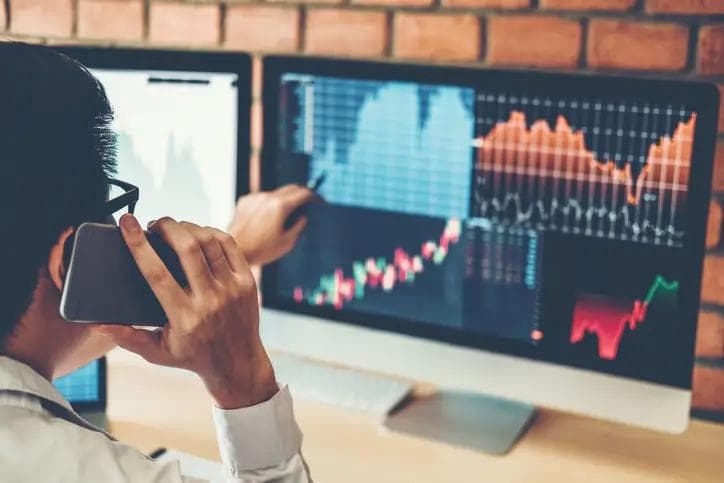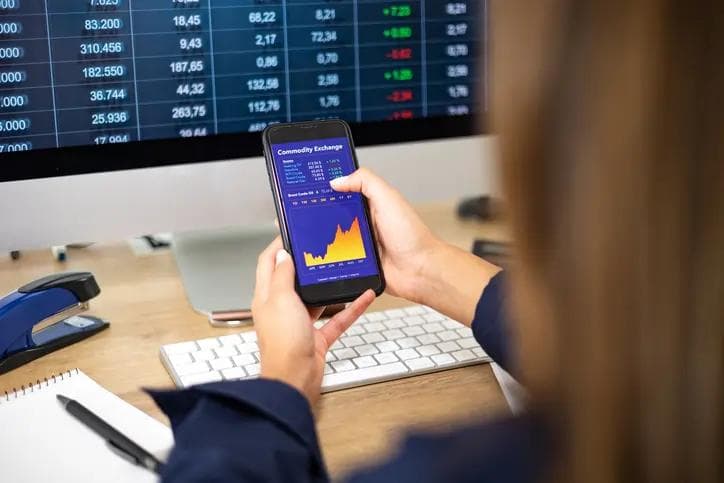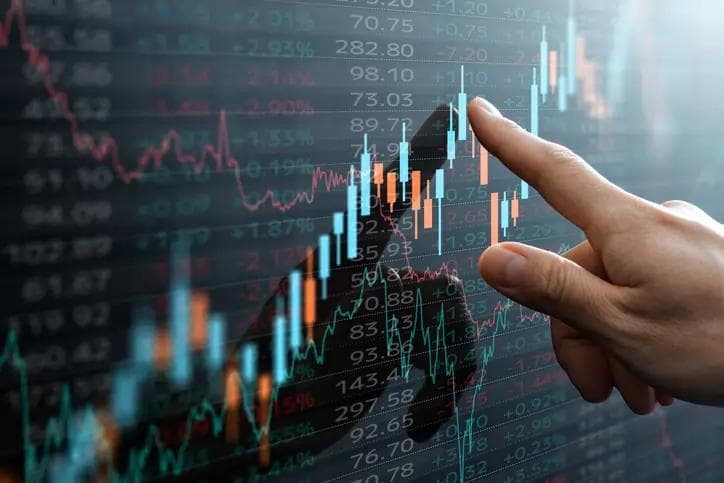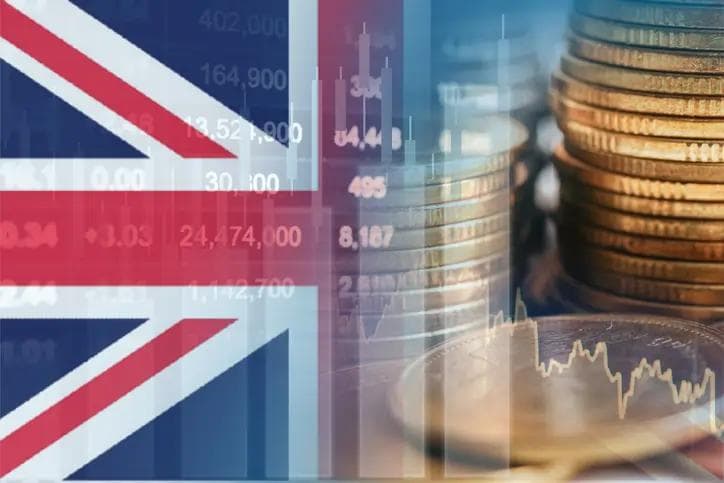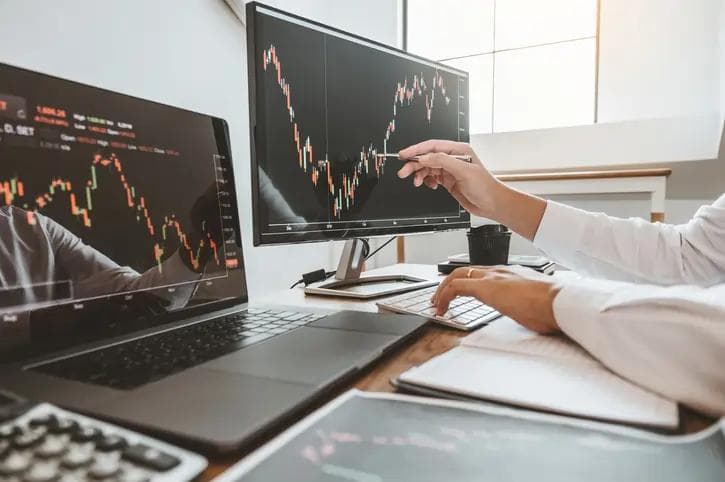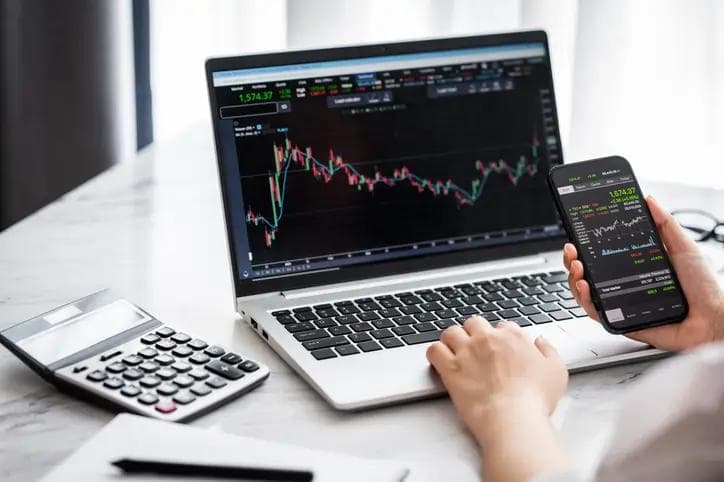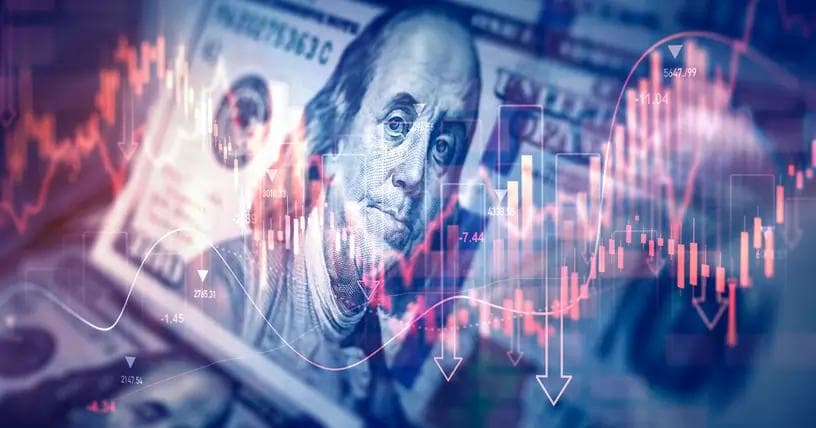How can stocks be positive for the year?
How can stocks be positive for the year?
Published by gbaf mag
Posted on June 18, 2020
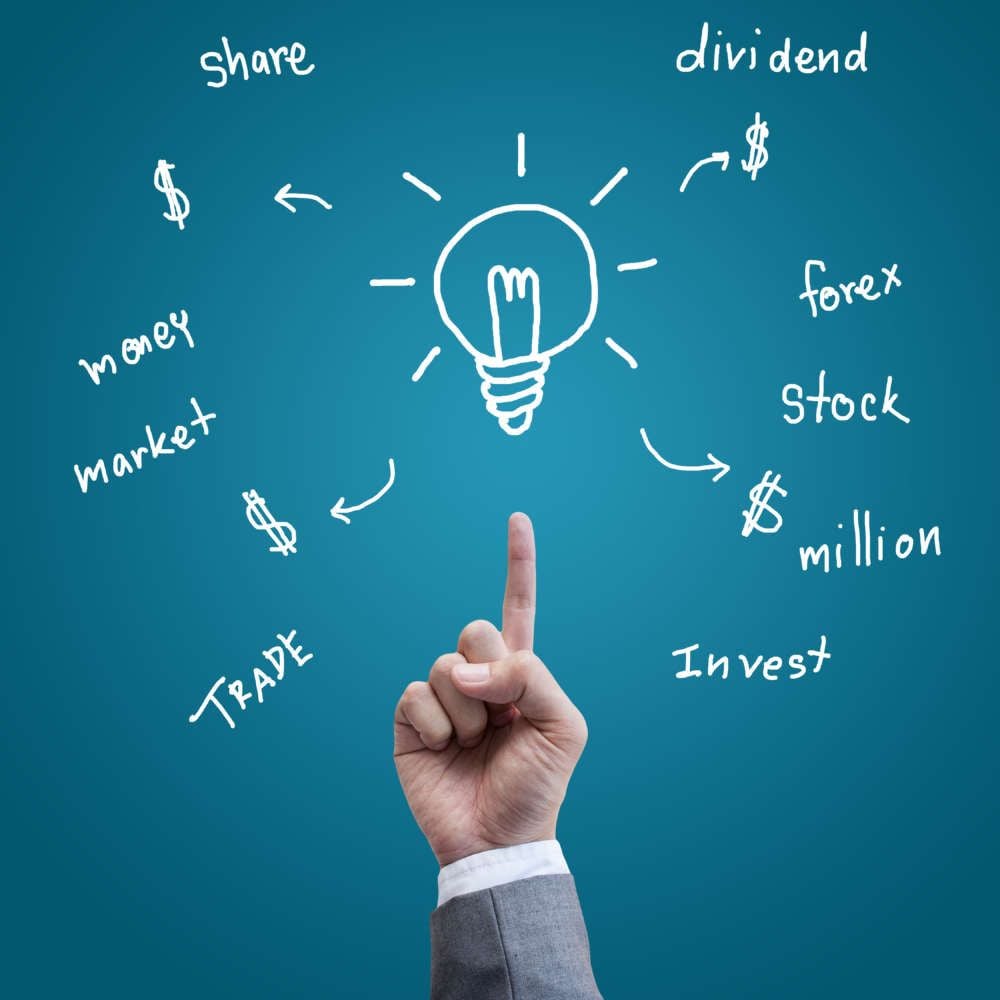
Published by gbaf mag
Posted on June 18, 2020

By Simon Bishop, Corporate Hedging Director for APAC, Western Union Business Solutions
Financial markets are unpredictable beasts. But even taking that into account, how can key markets, like the benchmark US S&P 500, be positive for the year?
When we consider what the year has seen so far, renewed US-China tensions, civil strife across the United Sates and, of course, COVID-19, the fact that major markets are up for the year seems stunning.
And, of course, it is. But markets often act in stunning ways. In hindsight, we can explain why we have seen markets move like they have.
However, it is much more use to us to accept this is the nature of markets and to be prepared for moves like this – in both the short term and further out into the future.
Quick recovery?
One reason that observers use to explain the market’s rapid rebound is to suggest that the global recovery might be now quicker than previously anticipated.
The rationale, from this perspective, is that the economic outlook appears better than it did during the mid-March madness that saw the Dow Jones index fall almost 40 percent in less than six weeks.
This is true. But the likely outlook still remains dire.
The World Bank, on 8 June 2020, said a 5.2 percent contraction in global GDP in 2020 was likely – the worst result since the collapse in activity after World War Two.
In fact, the World Bank says this slowdown will likely be twice as bad as during the global financial crisis and the fourth-worst economic contraction in the last 150 years.
While the steepness of the decline remains alarming, the market’s recent rally might be due to hopes that it will be deep, but short-lived.
More money than ever
How big is the rally in markets? The US technology-focused Nasdaq 100 is up an incredible 48 percent since mid-March – and now at its highest level ever.
As the Nasdaq’s gains show, the move in markets has been incredible.
One of the main drivers has been the massive stimulus seen from central banks.
The initial response from the US Federal Reserve saw an increase of over USD3 trillion. In the first response to the global financial crisis, in 2008, the Fed’s balance sheet climbed by only USD1 billion.
The move from central banks wasn’t just massive – it was incredibly quick too.
In the last week of March, the Fed bought USD625 billion of securities to support the market. In November 2010 to June 2011 – during the so-called QE2 program – the Fed bought only USD600 billion.
Therefore, what took seven months in 2010, lasted only one week in 2020.
In terms of government spending, the response this year has also been colossal in comparison with the global financial crisis.
The US government’s assistance program in 2020 equates to around 11 percent of its annual GDP. During the GFC, government programs equalled 6 percent of GDP.
In the UK, the current response is more than double the response during the GFC. In Japan, fiscal stimulus is more than 10 times that seen during the last crisis.
Volatility begets volatility
Hopes for a quick recovery and the massive amounts of monetary stimulus from central banks and fiscal stimulus from governments might be the driver of the market’s rally. But what else is it telling us?
First, while big gains are seen as good for investors, these sudden gains are also a sign of increased volatility.
While this volatility is currently helping markets higher, increased level of volatility also signal increased levels of financial risk.
In short, volatility can be both the giver of gains – and the taker.
We should take these higher levels of volatility as a lesson – and a warning. Markets are likely to remain uncertain and unpredictable for the rest of the year. We should be prepared for anything.
Stay wild
There’s been no end to the commentators that have been stunned by the sharp movement in financial markets but rather than treating these moves as unusual, we need to expect heightened levels of volatility.
When managing financial risks, the last three months can be a powerful lesson. Markets are wild – and they might remain that way.
And looking to the rest of the year, we should remain prepared for anything.
Explore more articles in the Trading category
